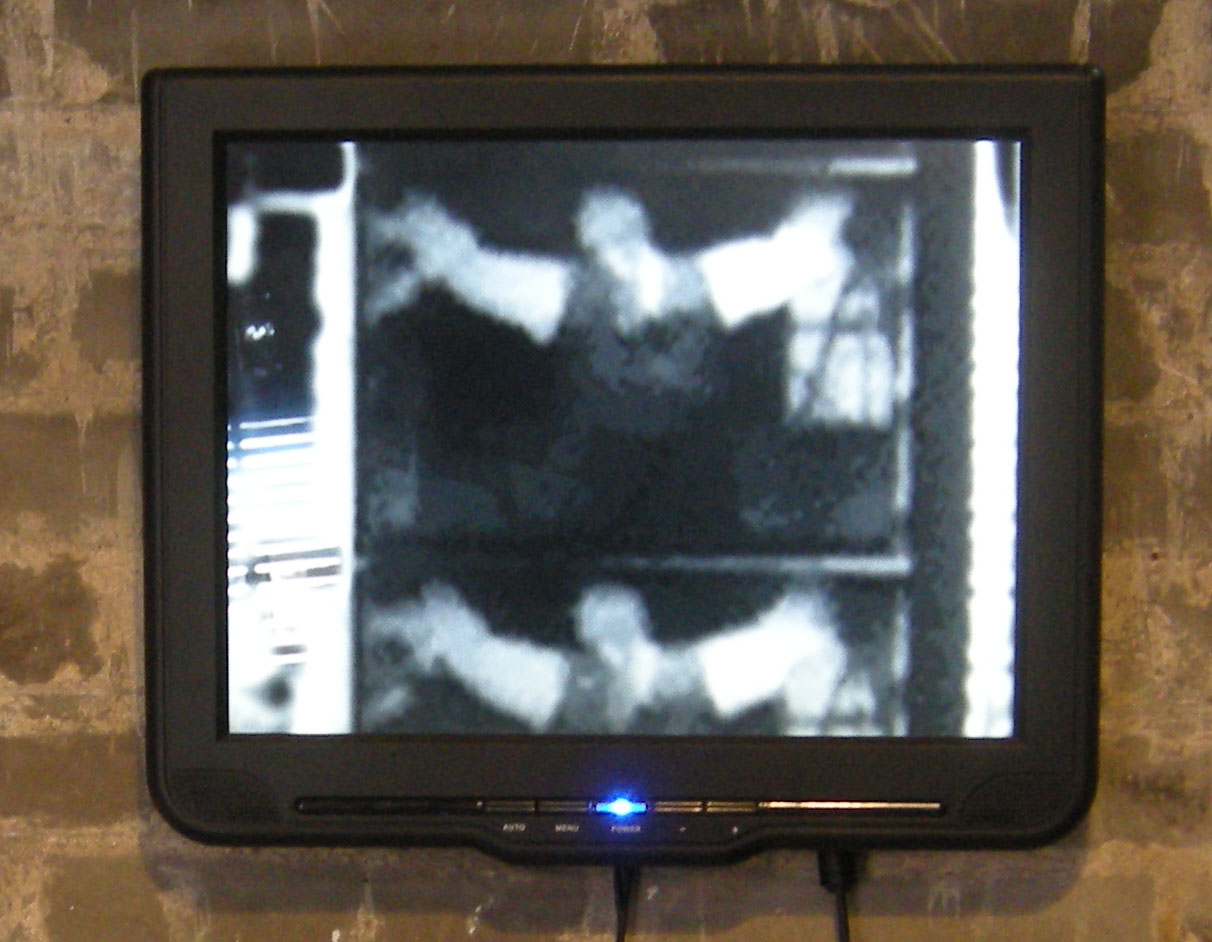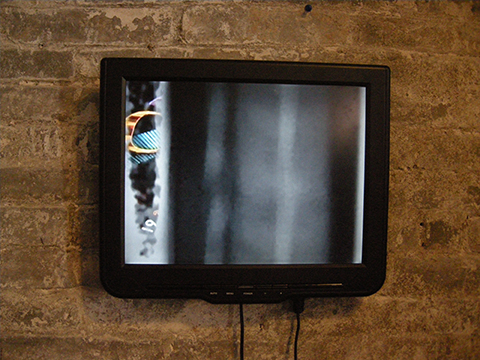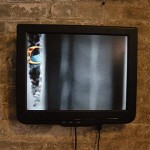faith in fakes viii – Slowness.the opposite of Slowness
>> LCD monitor x 2
“This is the reason for this journey into hyper-reality, in search of instances where the imagination demands the real thing and, to attain it, must fabricate the absolute fake; where the boundaries between game and illusion are blurred.”
from “Travels in Hyper-Reality, Faith in Fakes” by Umberto Eco
Light and shadow can construct image and the appearance of image let us believe in a fake reality. Furthermore, while still image is presenting one by one continuously at a particular speed in front of us, moving image which is no different from reality will fall on our retina scene by scene, and the result of sound synchronization creates a so called “reality” of “living”. From then on, the screen has become an interface that separates reality and represents “reality”. Today, with the rapid development of science and technology, the real illusion and virtual space have become the products of the era of science and technology. While the combination of “0” and “1” has replaced the texture and quality made by light and shadow, the contradictory characteristics of image — stability[1] and instability[2] — have been brought out. Virtual reality images have infiltrated our lives, we not only believe, but even indulge in, no longer distinguish between true and false, it seems that we reach a level of faith in fakes. Paul Virilio pointed out: “With acceleration, there is no more here and there, only the mental confusion of near and far, present and future, real and unreal…” (“The Art of Motor ”by Paul Virilio, 1995, p.35).
Also, we are in the space-time orbit of extremely rapid development, it seems that nothing cannot be controlled, stopped, seized and seen. This restless feeling makes us have a “slow down” expectation. We are constantly swinging and losing between these two speeds. However, as it is go beyond our habitual perception , regardless of the extreme acceleration or deceleration, the ultimate statue seems “static” to us, it makes us cannot be aware how and when has it changed?
The work attempts to capture the images from a movie film, but with two opposite rotation speeds (extremely fast and slow) to present two kinds of “freeze” moving images. Due to too fast or too slow is equal to different levels of out of control, it not only makes us indulging in it but also getting lost in it. This reflects exactly the relationship between us and the development of city, the changes of over speeding and extreme slowness affects our cognitive instincts. With the speeds of film rotation at the show time, I try to explore the realities and falsities of city development changes. The work is no longer an illusion constructed by original images, but using “speed” to create another false impression of image. Virilio’s dromology has advocated the importance of the concept of speed and pointed out the thinking direction of ontology of speed. Speed becomes the unique environment of reality.
________________________
[1] We no longer have to worry about that dampened films will be moldy, or the quality of images will be damaged or lost due to time or other external factors, because as long as we have the combination of “0” and “1” of the image, the image will be reproduced on any digital machines, furthermore, there is no difference between the original and the copy.
[2] As long as we press a “click” at will, the original appearance of an image can be arbitrarily changed.
exhibition:
2009 “S/low–Macau/Xiaozhou Art In Live Festival”, Guangzhou, Mainland China.





